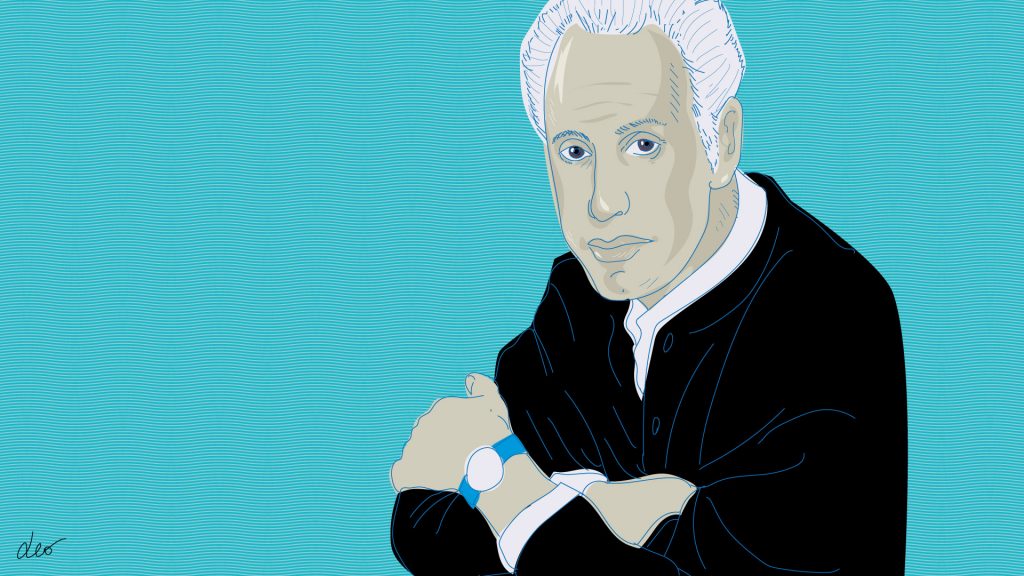On November 26, 2022, a mantel of sorrow descended on the Italian fashion world when it was announced that fashion designer Renato Balestra had died in Rome, aged 98. A couturier, he was adored not only by queens and princesses, like empress Farah Diba; the Queen of Thailand; the First Ladies of the Philippines, Imelda Marcos; and actresses including Sophia Loren, Gina Lollobrigida, Elizabeth Taylor, Lauren Bacall and Ava Gardner, together with businesswomen, aristocrats and singers. His talents also extended to the theatre and opera, for which he created costumes for the 1988 production of Rossini’s La Cenerentola for Belgrade’s National Theatre and the 1999 production of Strauss’ Il cavaliere della rosa at Trieste’s Verdi Theatre as well as preparing designs for Puccini’s Turandot at the Baths of Caracalla, which was never staged in the end. In May 1985, Balestra also designed the uniforms for Philippine Airline crews and, in 1986, Alitalia’s hostesses began wearing his garments, which remained unchanged until 1991.

Born into a noted family of engineers and architects in Trieste on May 3, 1924, Balestra was given painting and music lessons in his youth, and was expected to follow family tradition by embarking on a career as a civil engineer. This would not be the case, however, because in 1950, without him knowing, friends sent copies of dresses he had designed as a hobby to the Centro Italiano della Moda in Milan. This prompted him to drop out of engineering at the university and move to Milan after being invited to join Jole Veneziani’s salon to work on a high fashion collection.
In 1954, he transferred to Rome where he gained further experience working with other important designers like Emilio Schuberth, Maria Antonelli and the Fontana sisters until he opened his first atelier in via Gregoriana in 1959, presenting his first haute couture collection at the Galleria Nazionale d’Arte Moderna in 1961. In 1962, he was made a member of the Camera della Moda Italiana, while the Italian Institute for Foreign Trade (ICE) chose him to promote Made in Italy excellence around the world. This was followed a year later by his first fashion show in the Sala Bianca of Florence’s Pitti Palace, where American buyers raved about the glamorous functionality and fine artisanship of his sensual style for the first time. He then began frequent trips to the United States and other parts of the world, endorsing and expanding his brand. He was soon creating exclusive collections for Isetan in Tokyo as well as for leading American department stores like Saks Fifth Avenue, Bergdorf Goodman, Foley’s, Neiman Marcus and Lord & Taylor. By the 1970s his popularity had grown thanks to what became known as his “embroidery painting” based on the original use of materials, actual painting on different kinds of fabric, and his mastery of transparencies, which earned him the title of “the painter of fashion”.
After registration of the Renato Balestra brand was completed in 1973, Balestra became one of the first designers to believe in and use licensing. By 1978, he had launched his perfume, Blu Balestra, named after the iconic signature shade of blue he had invented for much of his work. He later added luggage, homeware and eyewear to his range, which already encompassed ready-to-wear collections, menswear and accessories.
With growing fame came international recognition and awards. He was appointed as an honorary professor by the Beijing Institute of Textile Technology, named International Couturier Extraordinaire in London, and presented with the Premio America by Fondazione Italia USA. More recently, in 2018, he had the honour of parading 100 of his best creations from the Renato Balestra Archive at the Cinecittà studios in Rome in front of a thousand guests and, in January 2020, Florence was privileged to celebrate Blu Balestra with the inauguration of Celeblueation, Balestra’s monographic exhibition at the Fondazione Zeffirelli.
A tall, slim, striking and, when young, blond-haired man with blue eyes and high cheekbones, Balestra was the first fashion designer to have his own show called Rosa & Chic on national television in 1988 and was often invited to offer opinions on other programmes. He even played himself once in a film. He was, however, always protective of his private life and little is known about it, except that he had two daughters, Fabiana and Federica, as well as a granddaughter named Sofía, who will now take over the management of the company following his death.
Renato Balestra’s philosophy about the world he lived in was best summed up in an interview he gave some time ago, when he said, “High fashion must not be for every day, but it must make you dream. That’s its job.” In his job, he certainly made whoever had the possibility to wear his clothes, or even just dab on his Blu Balestra perfume, do just that.








